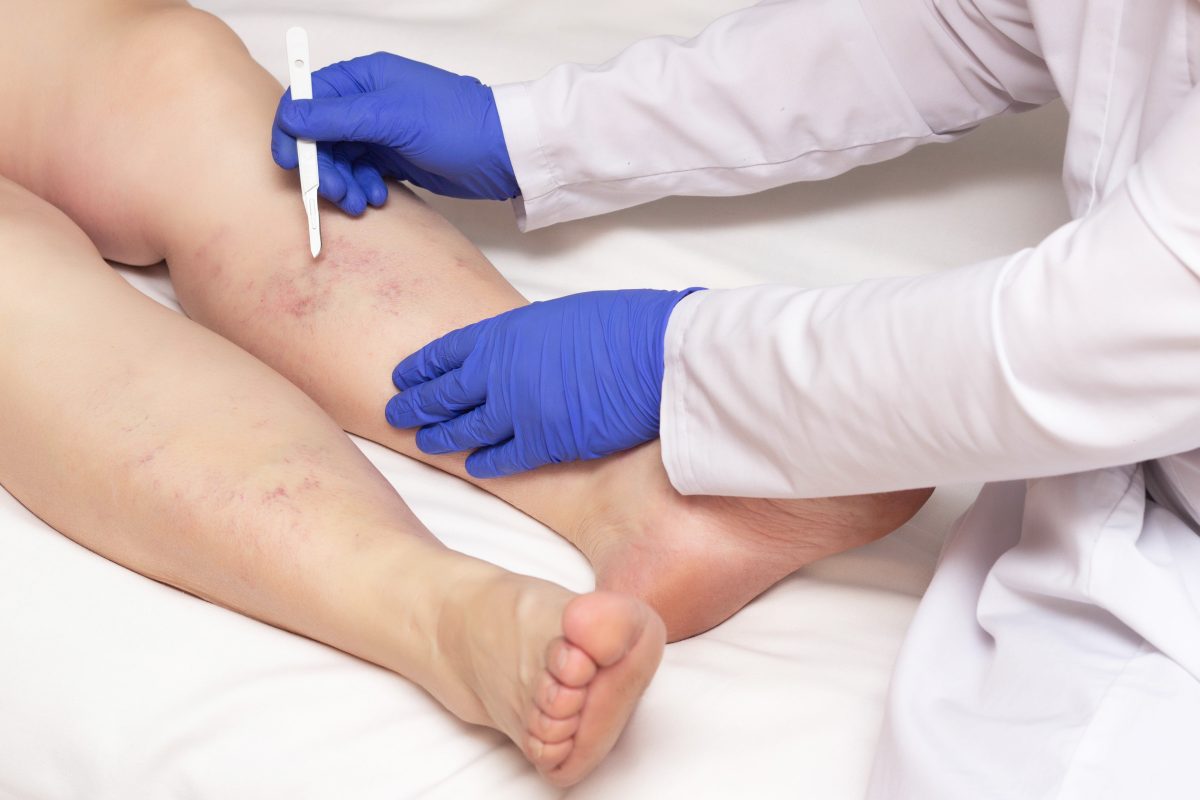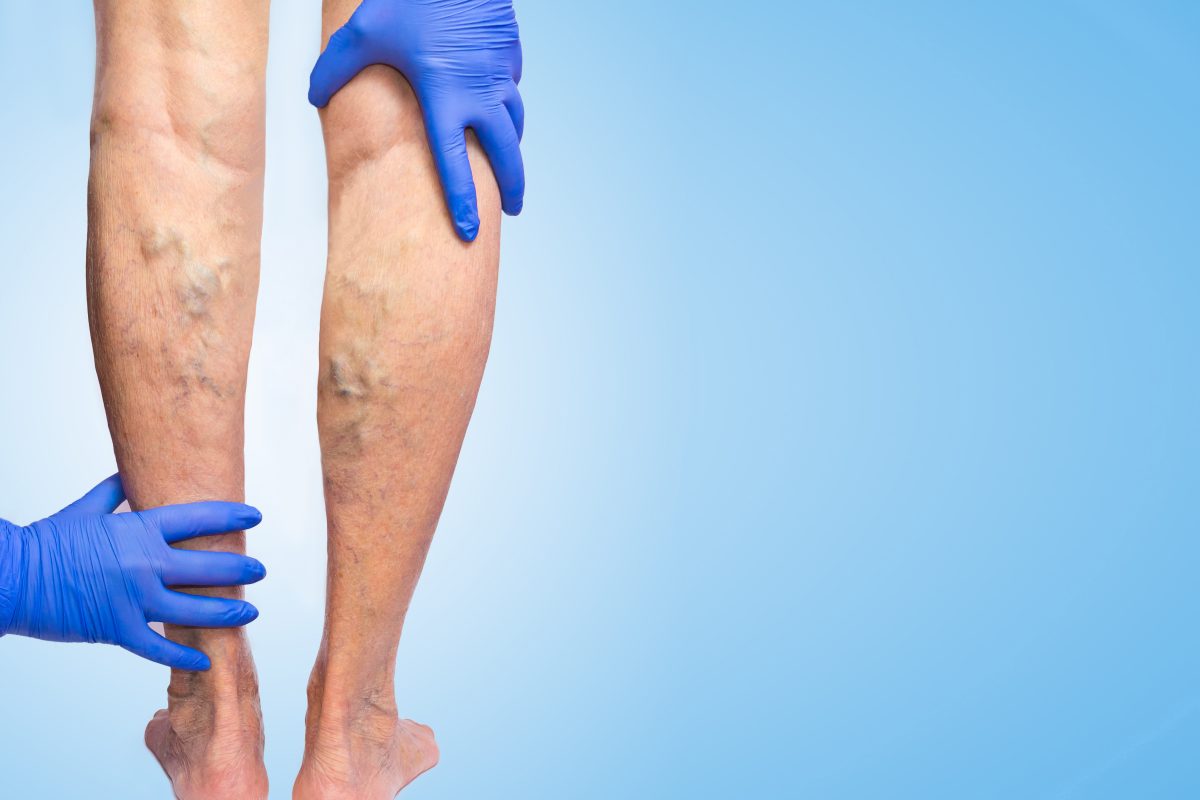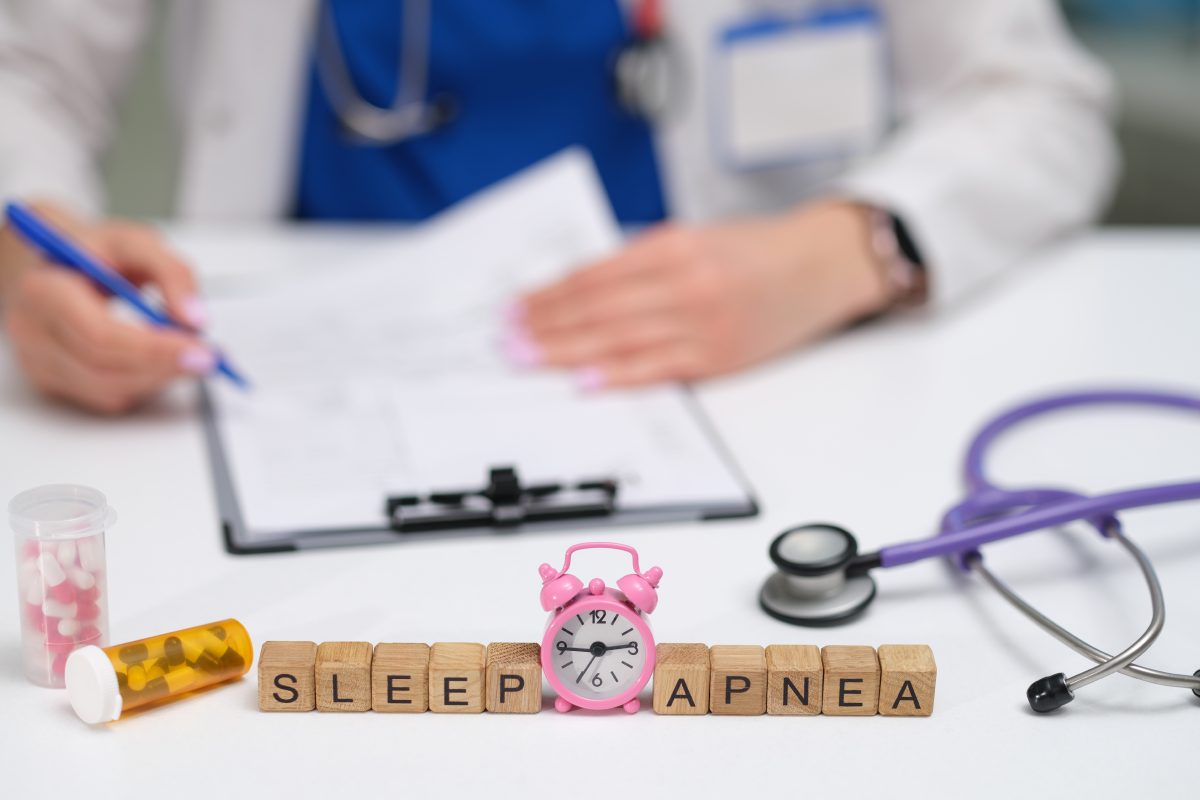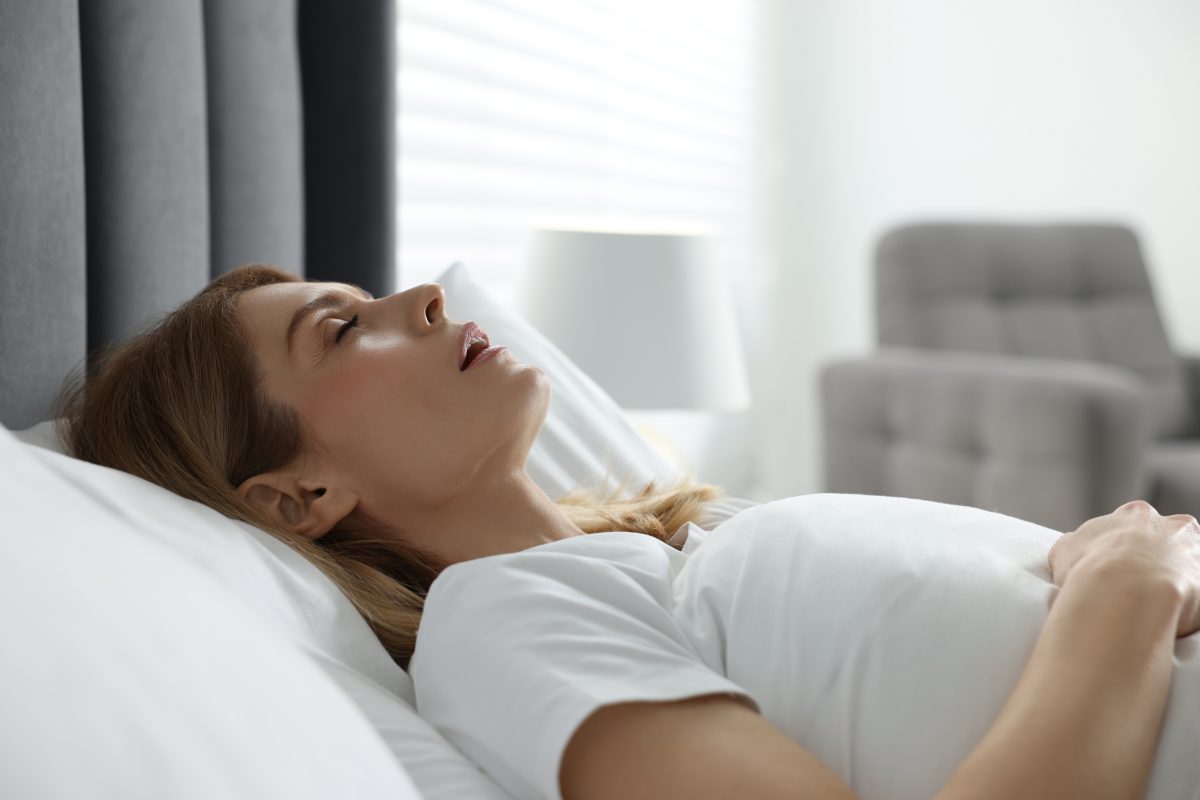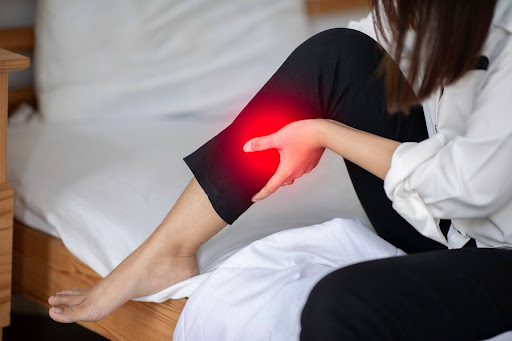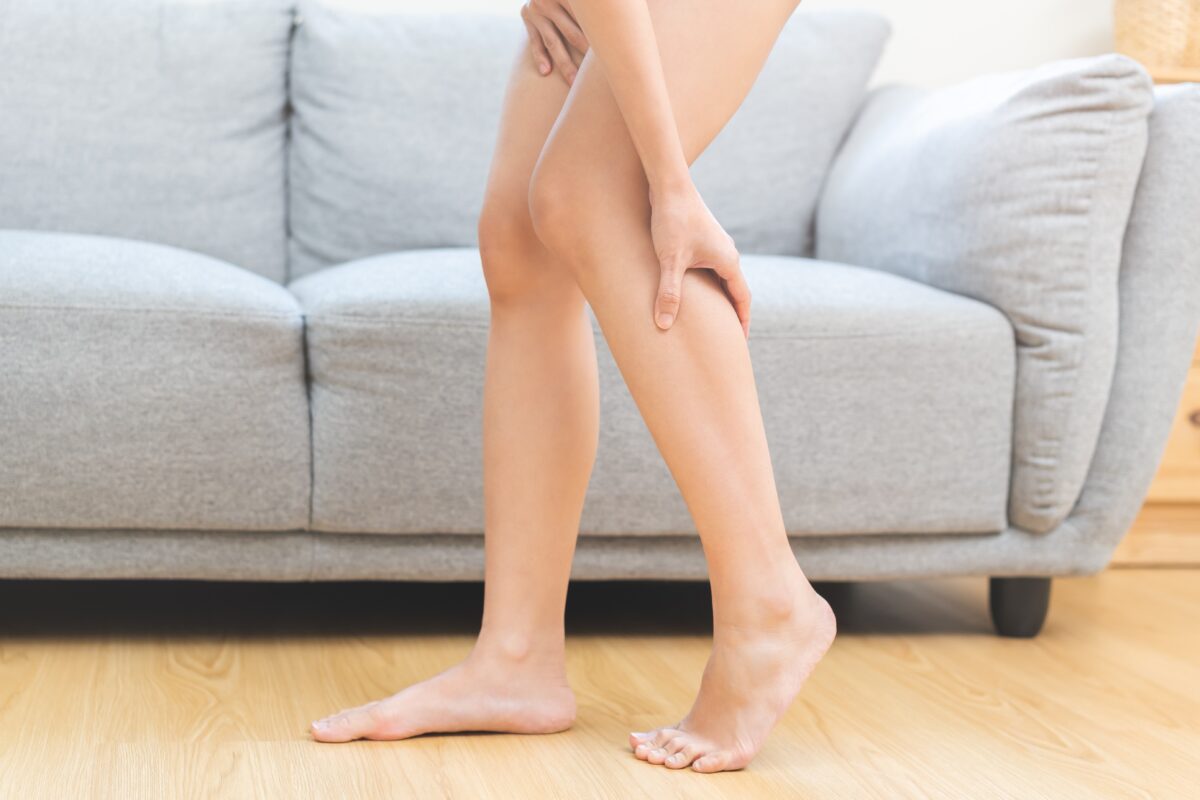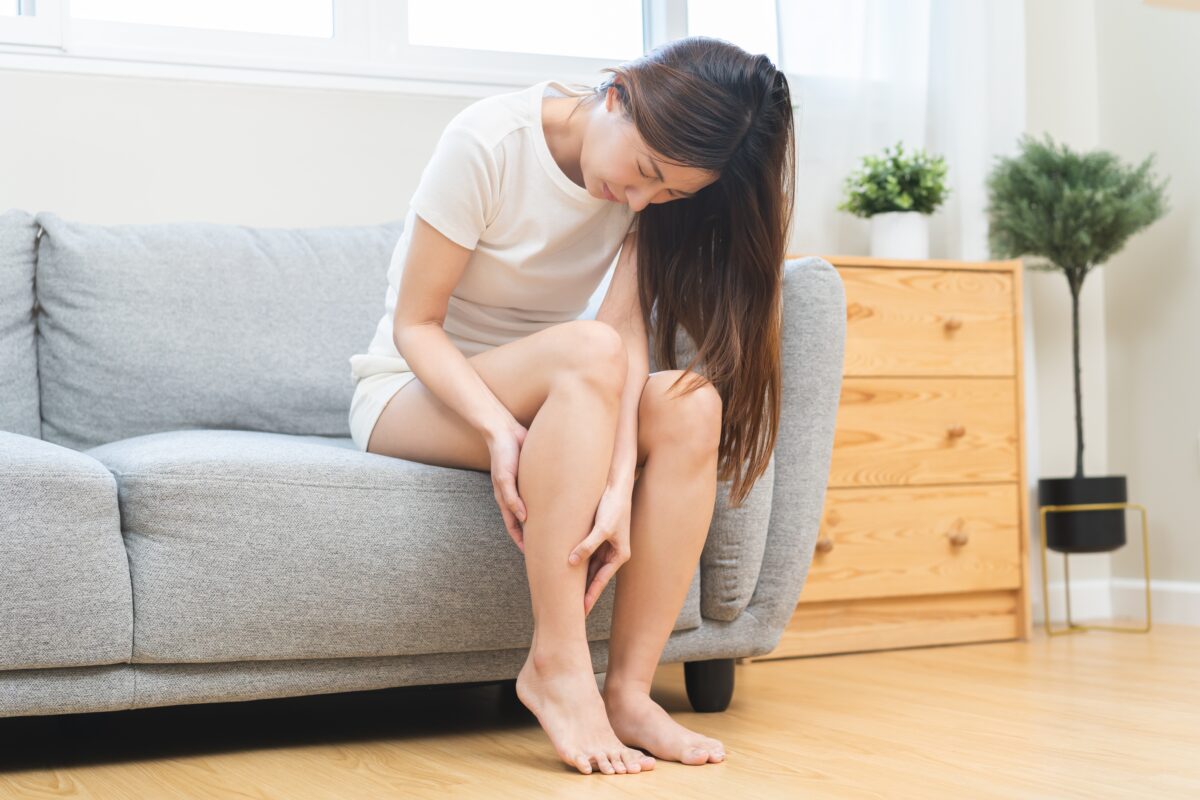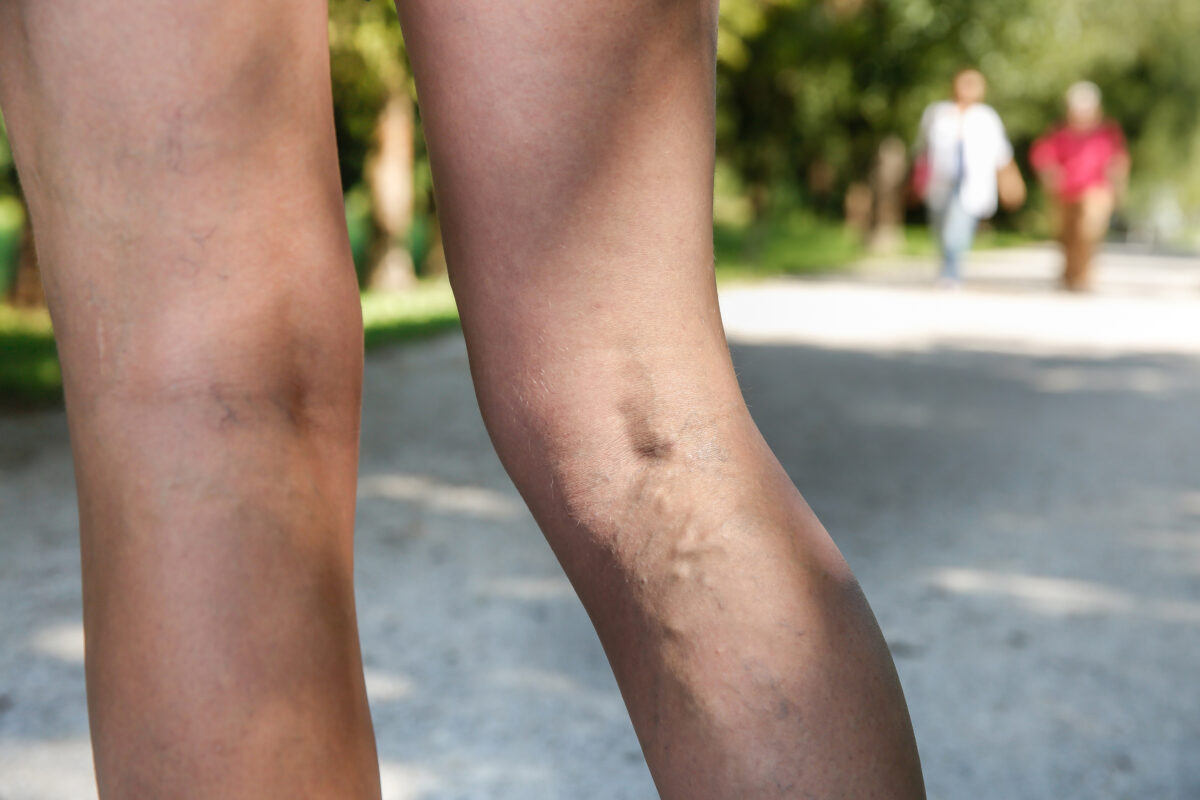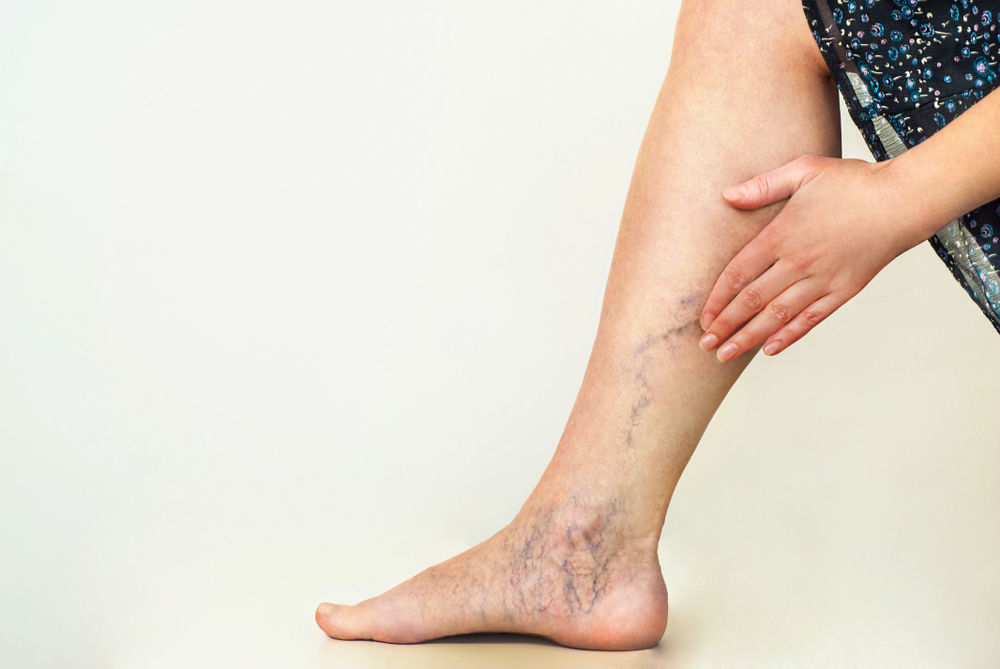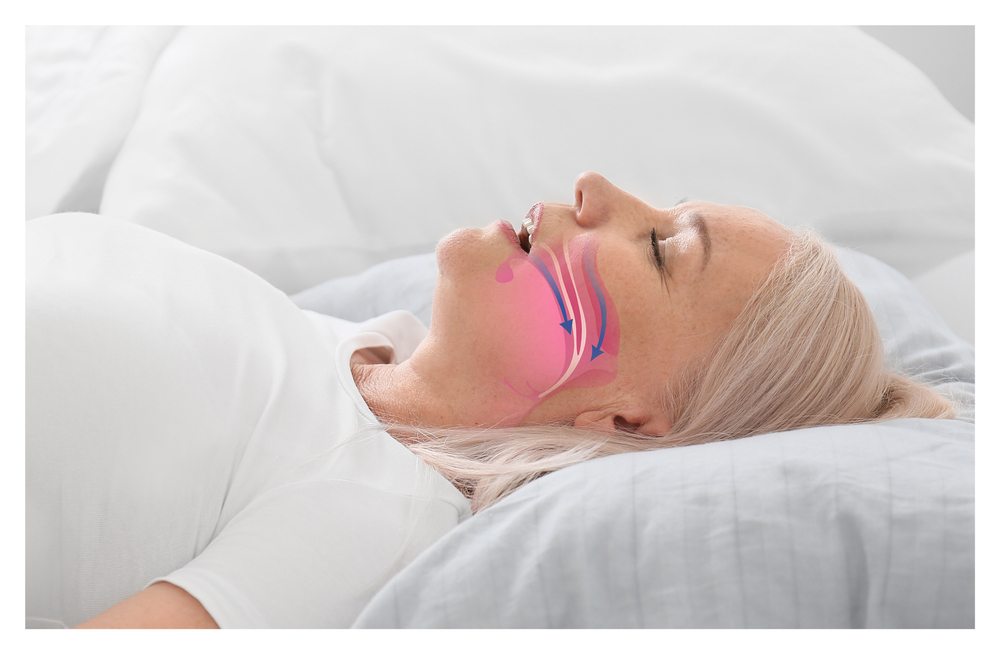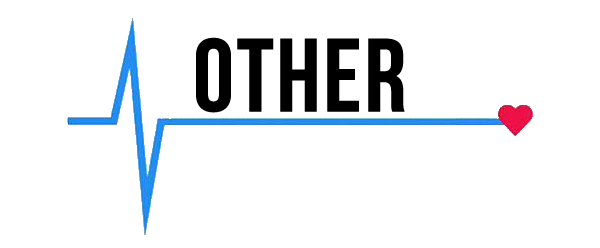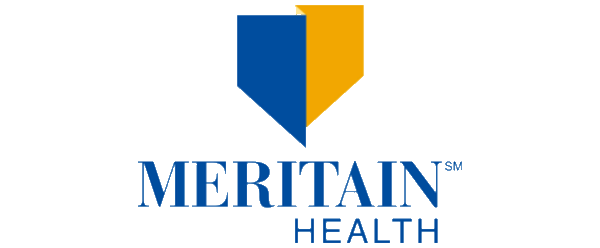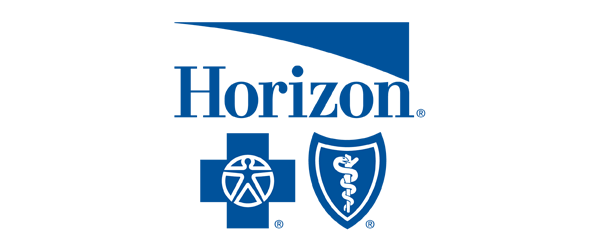Before you treat varicose veins, know that these spider veins aren’t usually just a cosmetic issue. They signal deeper venous insufficiency, a medical condition responsible for that heavy, achy feeling in your legs.
Swelling that comes and goes can make these symptoms worse. Today’s vein doctors have come a long way, offering solutions that don’t just hide the issue, but sort it out for good, which leads to improved health and better-looking legs.
To treat varicose veins, achieving lasting comfort depends entirely on a clear, step-by-step process involving accurate diagnosis, meticulous planning, and dedicated recovery efforts. Your specialist will check every vein with a special ultrasound, a scan that clearly shows damaged valves.
These broken valves let blood pool, causing pain and bulges, but expert treatment can work wonders. After finishing treatment, nearly ninety percent of people say they feel relief, proof that their legs often feel lighter, smoother, and years younger.
“There’s a strong genetic component — thanks, Mom — when it comes to developing spider or varicose veins,” states Women’s Health. “So, if your relatives had them, chances are you might too. But lifestyle and environmental factors can also play a role. Sitting or standing for long hours, pregnancy, and even just the normal aging process can all raise your risk for spider or varicose veins. Hormonal fluctuations (like those during pregnancy or menopause) can increase your risk as well. Other overlooked causes include trauma or injury and even certain types of exercise that put extra pressure on the legs, such as heavy weightlifting.”
Erasing the Evidence by Treating Varicose Veins
Newer treatments are primarily designed to treat varicose veins by zeroing in on and fixing the underlying venous pressure, which is the root cause. Fixing this quickly brings better visible and symptomatic relief.
The first step is fixing the core problem using modern, minimally disruptive treatments like Radiofrequency Ablation (RFA) or Endovenous Laser Treatment (EVLT). Both common options rely on threading a thin catheter into the affected vein, where the device uses heat to close the problem vessel from inside.
When the faulty vein is fixed, blood quickly finds healthier routes, leading to fast relief as heaviness lifts almost right away and swelling often fades next. This main step toward healthier circulation and a better appearance leaves legs looking more defined and feeling lighter.
“Vascular laser treatment offers a clinically proven solution that’s both safe and effective,” according to Hello Magazine. “The procedure uses targeted laser pulses that transform into heat beneath the skin’s surface, dissolving the blood vessels without affecting surrounding areas. This treatment is fairly quick, usually around 45 minutes, causes minimal discomfort, and patients can return to work immediately afterwards. Depending on the condition, results can be complete and permanent, helping individuals feel confident showing their legs at any age.”
Precision Sculpting and Low-Trauma Options
After dealing with the deeper issues, doctors next treat varicose veins by focusing on the important phase of precision surface sculpting, especially where large, prominent veins are visible. Microphlebectomy takes care of these eyesores fast: a local anesthetic numbs the area, and tiny nicks let the doctor fish out the offending veins.
There’s no need for stitches or long recovery times, as the bulky veins simply vanish, leaving the skin smoother right away. This method beats out older techniques that often left bigger scars and meant a longer wait for healing, as patients usually notice little mark at all after microphlebectomy.
For folks who want results as soon as possible, the choice of treatment makes a huge difference. RFA uses lower heat than EVLT, causing less bruising, which means less time spent covering up with clothes or makeup. Meanwhile, a special sealant skips heat altogether and instead glues the troublesome veins shut.
Since both treatments cause less irritation under the skin, it means skin clears up faster, making it easier to get back to life with confidence.
“Several options exist for treating unsightly and sometimes painful veins on legs,” states the Washingtonian. “Larger varicose veins can be zapped with a combination of phlebectomy, in which bulging veins are extracted via tiny incisions, and either laser or radio-frequency ablation (administered via a small catheter), which damages the vein and makes the body reabsorb it. Spider veins — unattractive but often not uncomfortable — are generally removed through sclerotherapy, in which solutions are injected into the veins that cause them to collapse and fade.”
Treat Varicose Veins Even in Recovery and Aftercare
How you care for yourself after treating varicose veins decides how well it works, as the body works hard to break down and absorb the treated veins, so smart aftercare makes a big difference. After sclerotherapy for spider veins, some people notice changes in skin color or small bumps, where that brownish coloring comes from iron in clotted blood trapped under the skin.
A simple fix exists, where the doctor removes the trapped blood with a small, quick procedure a few weeks later, a step that cuts down swelling and stops most stains before they stick around. If some marks still linger, a special laser, like the 755nm picosecond one, can help even out your skin tone.
Just don’t forget sun protection, always putting on a high-SPF sunscreen over the treated spots to keep any leftover marks from getting darker.
| Complication | Aesthetic Appearance | Primary Management Strategy | Expert Insight / Timeline |
| Hyperpigmentation (Staining) | Light brown lines/spots on treated skin. | High-SPF sun protection; Topical agents (Vitamin C, Hydroquinone, Arnica). | Time often helps; Laser treatment for persistent cases. |
| Matting | Fine network of new spider veins near injection site. | Usually resolves naturally (3–12 months); cosmetic laser or re-injection if persistent. | Indicates local vessel irritation; needs patience or secondary treatment. |
| Trapped Blood (Lumps, Bruising) | Hard, tender lumps beneath the skin. | Evacuation of the coagulum via puncture (within 2-4 weeks post-procedure). | Critical step to reduce pain and potentially prevent long-term discoloration. |
Think about compression as essential. Most vein treatments require these stockings. Your doctor will specify how tight they should be and how long to wear them.
Compression stockings do three key things:
- They help blood flow, cut down swelling, and ease discomfort.
- They ensure the treatment works by promoting vein sealing.
- They provide tremendous relief from post-procedure aching.
Most importantly, they minimize swelling (edema). Providing tremendous relief from post-procedure aching, compression helps the vessels absorb quickly after treatment, which speeds up healing, makes legs look smoother and more contoured, and ensures results from ablation or phlebectomy show up faster.
Long-Term Maintenance and Aesthetic Finish
While successful procedures treat varicose veins well, it isn’t always a permanent fix, so new issues can appear later. Keeping your legs healthy means sticking with good daily habits, with the steps your doctor recommends and staying active mattering most because simple choices make a big difference over time.
“Wearing high heels plays a role in creating varicose veins, according to Iafrati,” states HuffPost. “Wearing high heels prevents your ankle from flexing. Ankle flexion is actually the very best thing you can do for an exercise to remain healthy. That’s because rotating your ankles promotes blood flow in the legs, preventing blood from pooling and potentially clotting.”
Don’t skip calf pump exercises, because moving often helps keep new veins from cropping up. Try walking or swimming. These activities wake up your calf muscles, giving them a solid workout, and when this muscle flexes, it helps push blood back up your leg against gravity, which stops pressure from building up in the veins.
Keep an eye on your weight, as carrying less means less strain on your legs since every extra pound makes things tougher for those tiny valves. Taking small steps like propping up your feet can offer real relief; lifting your legs above your heart for a few minutes makes swelling go down and takes the edge off tired legs, proving small habits go a long way.
Coverage, Body Concealment, and Treating Varicose Veins
Lastly, after treating varicose veins leaves your veins in good shape, pay attention to your skin. Body makeup with strong coverage will hide any leftover bruises or visible veins.
Pick products with these qualities in mind:
- Buildable, long-lasting, and waterproof.
- Ideally offering crucial sun protection.
This step helps you deal with those annoying leftover marks after vein treatment.
Make skin smoothing a daily habit by using gentle scrubs to clear away dead skin and applying your favorite lotion or oil after every shower. Your skin will look fresh and hydrated, which might make your results look even better, as smooth skin brings out all the hard work you put into those treatments.
Also, try including wellness tech as a finishing touch. Treatments like Red Light Therapy for swelling or targeting stubborn areas can help after your vein treatment wraps up. Each layer adds polish so you see the changes you want, proving sometimes those little extras make a huge difference.
Wellness and Pain
You can treat varicose veins by visiting Wellness and Pain. We offer conservative treatments, routine visits, and minimally invasive quick-recovery procedures. We can keep you free of problems by providing lifestyle education and home care advice.
This enables you to avoid and manage issues, quickly relieving your inhibiting lifestyle conditions when complications arise. We personalize patient care plans based on each patient’s condition and unique circumstances. Wellness and Pain can help improve wellness, increase mobility, relieve pain, and enhance your mental space and overall health.


